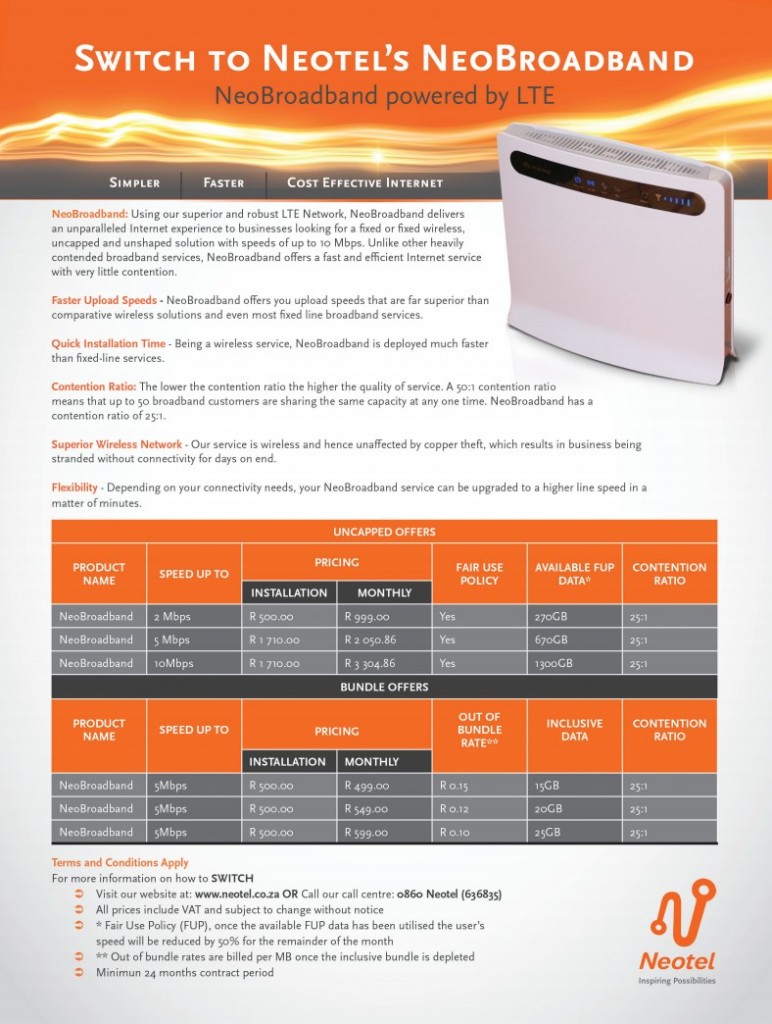LTE has turbocharged the mobile Internet experience for end-users, which has reflected in rapid adoption of LTE-capable smartphones along with other mobile devices, but it has also reinvigorated the broadband wireless marketplace.
According to ABI Research, 1.26 billion households do not have DSL, cable, or fiber-optic broadband. Fixed and mobile telcos are looking to LTE to make the connection.
“By the end of 2014, ABI Research anticipates there will be 14.5 million residential and commercial premises with fixed LTE broadband access. By 2019, that figure should grow to 123 million,” commented Jake Saunders, VP and 4G practice director at ABI Research.
 Chipset and CPE vendors are stepping up efforts to prime the market by manufacturing lower cost devices for both the consumer and enterprise segments.
Chipset and CPE vendors are stepping up efforts to prime the market by manufacturing lower cost devices for both the consumer and enterprise segments.
Chinese vendors like Huawei and ZTE along with American brands such as NETGEAR and Novatel Wireless have partnerships with North American carriers like Verizon Wireless, Sprint, and AT&T to provide exclusive LTE routers that utilize the carrier’s individual 4G networks.
ABI Research forecasts the shipment numbers for residential LTE gateways and commercial LTE fixed wireless terminals to grow from 9.3 million in 2014 to nearly 44 million in 2019.
“Fixed LTE broadband access is proving to be an ‘add-on’ market opportunity for a number of mobile operators that were initially focused on the mobility market,” added Cheri Wong, research analyst.
On the chipset front, Intel is keen to jostle for market share with the likes of Sequans, Qualcomm, and GCT. In June 2014, Intel and Lantiq announced the release of a Cat6 LTE 300 Mbps joint reference platform.
Integrated devices like LTE gateways and fixed wireless terminals help to provide a solution for users in rural areas to have access to high-speed Internet. The ongoing CTIA Super Mobility Week has been featuring vendors showcasing their products that facilitate fixed BWA.
